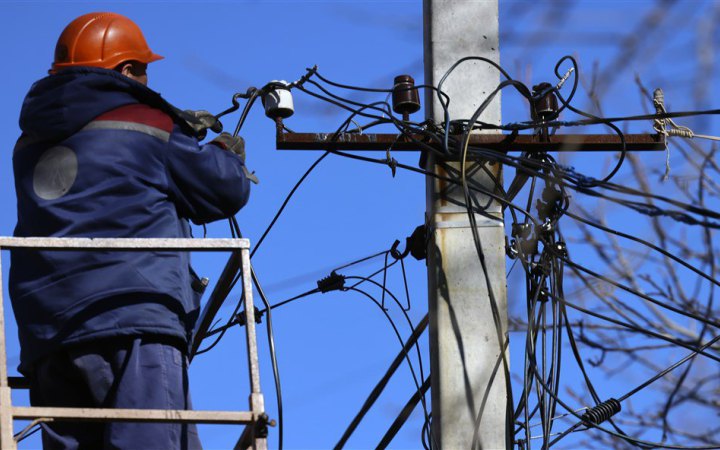Fewer attacks, but much better protection
The second wartime winter was not without problems, but it was much easier than the government expected. There are several reasons for this. In particular, Ukraine was well prepared. It has significantly strengthened its air defence system, which allows it to shoot down many missiles and drones launched by Russia. It has also built physical defences around energy facilities, in fact, the first in the world. However, the number of attacks on the energy sector decreased in winter. There were no blackouts or rolling blackouts. In other words, no electricity consumption restriction schedules were applied, although they were prepared last summer.
"The power system is operating in a stable manner. Restrictions for consumers are not used. A year and even six months ago, many did not believe that this would be possible," said Prime Minister Denys Shmyhal.
Ukrenergo has noticed that the enemy has changed its tactics. This winter, the Russians have reduced the number of missile attacks on energy facilities. The same cannot be said about drones - Russia launches them across Ukraine almost every night. The strikes have become targeted: the enemy sends several strike drones carrying tens of kilograms of explosives to one thermal power plant, for example. This is how Russia is trying to break through air defences in a particular region, mostly in industrial centres.
"Whereas they launched about 400 drones during the entire last heating season, now they release that many in a month or three weeks. That is, the intensity has increased dramatically. And they are clearly concentrating their efforts on a small number of targets, unlike last year, when they tried to damage both substations and power plants. Now they are obviously using a niche tactic," said Ukrenergo CEO Volodymyr Kudrytskyy.
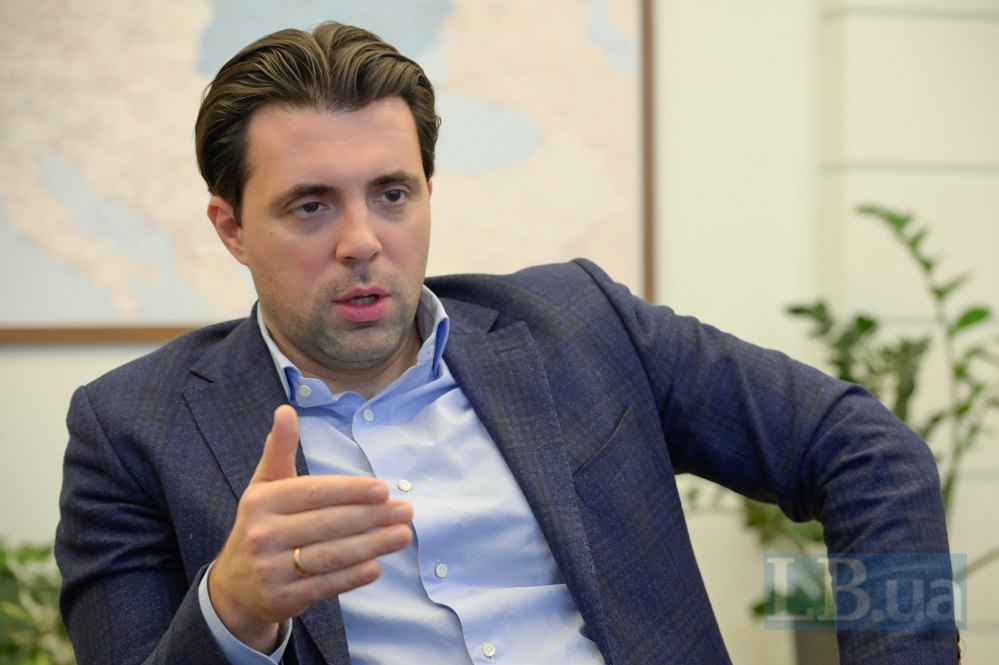
With these continuous and massive air raids, the Russians managed to nearly destroy one frontline thermal power plant. And so far, there is no viable alternative to generate electricity and replace it.
"Several enemy attacks on Ukrenergo's energy facilities have made the country's industrial regions energy deficient even in the face of an overall surplus in the power system. This means that the enemy is not going to stop the energy terror, but simply changes its tactics. So, we cannot relax, we need to prepare for any scenario and for the upcoming winter right now," said former acting Energy Minister Olha Buslavets.
Ukraine lacks the funds to build new energy facilities. And the process is not quick: for example, it takes at least two years to build a gas-fired power generation plant.
"We entered the last autumn-winter period without sufficient reserves: our available capacities (together with import capacities) were just enough to cover the winter peaks. During the winter, we partially restored the previously damaged capacities. However, the overall situation with capacities has not changed dramatically," said Adrian Prokip, an energy expert at the Ukrainian Institute for the Future.
Ukraine has undergone a repair campaign of an unprecedented scale. According to the Ministry of Energy, 15 GW of capacity was restored.
Energy recovery is expensive
Between October 2022 and April 2023, Russians damaged more than 200 energy facilities, according to analysts at Yale University. Missiles and drones caused damage in 17 regions of Ukraine.
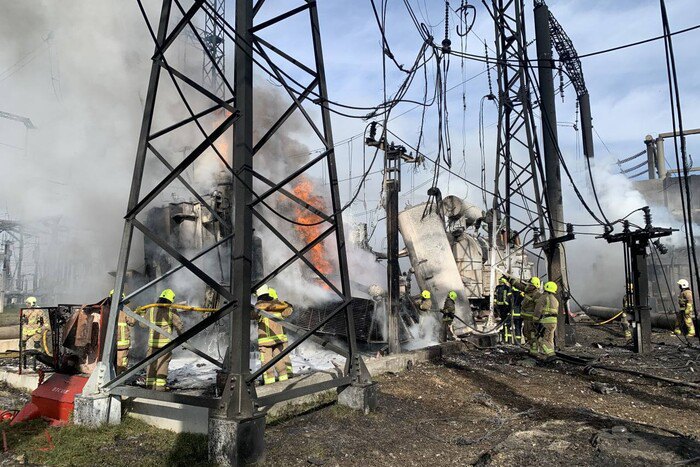
"To be honest, the energy system is not yet at the level we would like to achieve. It is still quite sensitive. Still, citizens have heating and power - this is probably the main result of our work over the past two years. We are working to restore energy on a regular basis," said Deputy Energy Minister Svitlana Hrynchuk.
Western partners are allocating funds to the repair of the Ukrainian energy sector. Some EUR 400 million has already been transferred to the special fund. This money is both from governments and international organisations. The money does not come to Ukraine physically; accounts were opened in EU banks. They are managed by the Energy Community Secretariat. The equipment that has already been purchased is brought to Ukraine, which minimises corruption risks.
Plenty of fuel
We managed to solve the problem of half-empty warehouses in early autumn. Coal was even delivered with a surplus: the target was exceeded by more than 230,000 tonnes.
"Sufficient coal stocking will allow power engineers to confidently complete the heating season," said Deputy Energy Minister Oleksandr Kheylo.
There are also no problems with gas reserves in underground storage facilities. And for the first time, the state used only domestically produced gas this winter. Ukrgasvydobuvannya announced a figure: in 2023, more than 670 million cubic metres of fuel were produced than in 2022.
"We went through the winter entirely on Ukrainian gas! This is a historic event. No one would have believed it 10 years ago. Two years ago, when the full-scale war started, it was also hard to believe," said Oleksiy Chernyshov, board chairman of Naftogaz.

Another factor also contributed to the decision not to import gas. Fuel consumption fell primarily due to the industrial crisis. In addition, the Cabinet of Ministers imposed a moratorium on the export of natural gas, which is justified in times of war. Private producers now have no choice, as they can only sell the resource to the state. As a result, in 2023, their production fell significantly, by 14%. There is no talk of lifting the ban on gas sales abroad, according to the Ministry of Energy. However, officials are ready to discuss this issue in the future.
There is no shortage of electricity
The last weeks of the heating season in Ukraine are going smoothly. Warm weather is helping: electricity consumption by households is stable. In addition, the sun and high water levels allow green energy, in particular hydroelectric power plants, to produce more electricity.
Ukraine sells its surplus electricity abroad, with record export volumes. For example, on Tuesday, 5 March, we sold more than 13 thousand MWh. Slovakia, Hungary, Poland, Romania and Moldova bought Ukrainian electricity. In the autumn, it was hard to imagine since Ukraine was critically dependent on imports and emergency assistance from neighbouring countries.
"Exports from Ukraine to other countries are carried out only if there is no deficit in the power system. Electricity producers have the opportunity not only to fully meet the needs of Ukrainian consumers, but also to increase production and sales volumes, receiving funds for further recovery after the armed attacks by Russians," Ukrenergo stressed.

Ukraine also provided emergency assistance to its immediate neighbours, such as Poland, several times. Selling electricity under this procedure is profitable because of the high prices. At the same time, this proves that even during the hostilities, the Ukrainian energy system, which has become part of the European one, is able to demonstrate its reliability.
At the same time, the Ministry of Energy periodically reports on the reserve capacity in case domestic electricity consumption increases. On average, there are now about a dozen generating equipment items in reserve, although the government does not disclose which ones.
Neither the government nor industry experts have yet predicted any fluctuations in electricity consumption among households. Everything will depend mostly on the weather. Meanwhile, industry is gradually coming back to life. For example, in January, enterprises used more than 27% more electricity compared to the same period last year.
The government is addressing debts in the market
The debt situation in the energy sector has reached alarming proportions, with amounts running into billions. The authorities seem to have gradually realised the seriousness of the problem. Since the beginning of the year, the government has cancelled the moratorium on disconnecting debtors. Regional power distribution companies in different regions report cutting off unscrupulous consumers. However, they emphasise that they try to negotiate first, and only then disconnect.
However, the main problem for the state is not the debts of household consumers. It is the situation in the balancing market, which is the main platform for electricity producers and the grid operator. Debts there reach at least UAH 30 billion. And the risks are as simple as possible: if there are no funds, there will be no normal operation and repairs.
"Debts undermine the financial condition of the industry. The balancing market is a penalty area, where non-payers are pushed out. That is, it is a kind of supplier of last resort that provides electricity to debtors or those who have been allowed not to pay. Now there are about 5,500 businesses there. Among them are hotels and saunas, for example. This is an abnormal situation," said Volodymyr Omelchenko, Director of Energy Programmes at the Razumkov Centre.
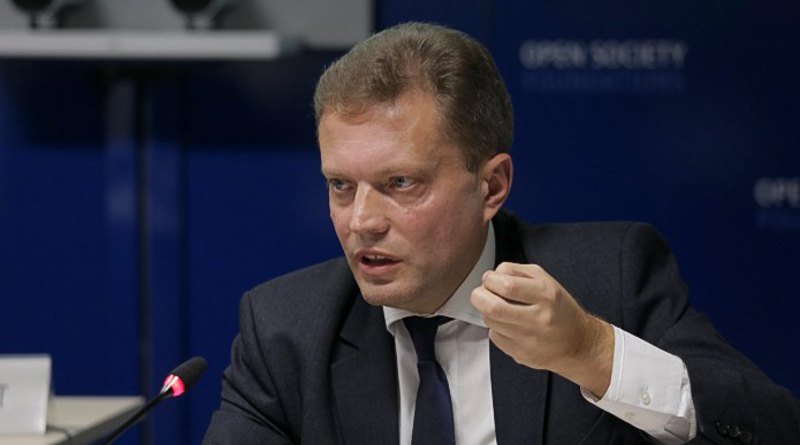
And all of these facilities cannot be disconnected from the supply even for debts. According to the decision of the regional military administrations, they were included in the list of critical consumers, so the same hotels or saunas received the status of untouchables. Ukrenergo's management spoke about the need to review these lists back in autumn. The Cabinet of Ministers eventually promised an audit, which is scheduled to take place in March-April.
Key risks for the energy sector
Russian attacks remain the main challenge for Ukraine's energy sector. The Kremlin has managed to set up missile production, and the supply of Iranian drones is also stable. The only way out for Ukraine is to further strengthen its air defence and destroy enemy air bases and other facilities in the Russian rear.
"A special risk zone for us is the frontline regions: Sumy, Kharkiv and Dnipropetrovsk regions. And the integrity of the energy infrastructure there. If we take into account the accumulation of gas and coal, we remember that these regions play a key role," suggested Adrian Prokip.
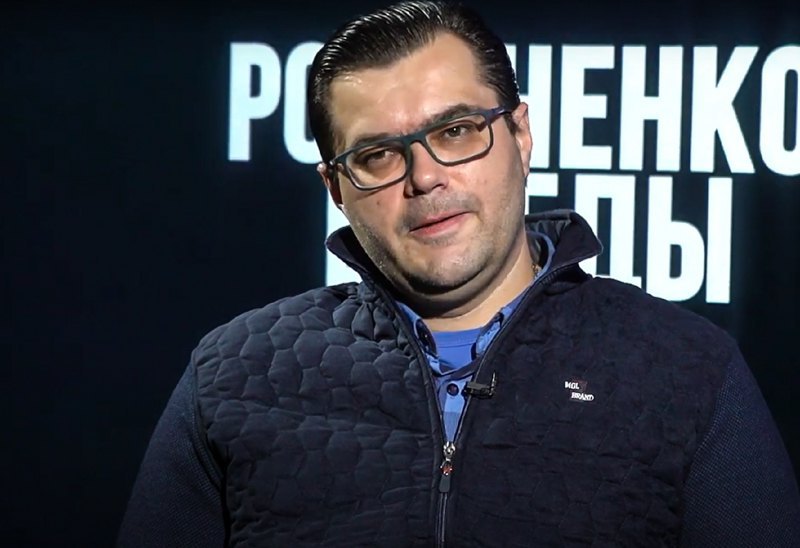
Russians are attacking mines in the frontline areas almost every day. At the beginning of the week, 16 miners were stuck underground due to a power outage at one mine. The miners were rescued. Since January, the number of attacks on coal mines has reached dozens, with workers killed and wounded.
Electricity shortages can be a serious challenge in summer. There are several prerequisites for its occurrence. This situation already happened in August 2022. Then the country was hit by an unprecedented heatwave, and electricity consumption by households increased. And there was no power reserve in the grid. We had to import it.
"Back in the pre-war years, the summer peak load was the same as the winter one. So in summer, we may face a situation where there is no electricity at home," said Olena Lapenko, energy security expert at DiXi Group.
The Ukrainian energy sector is facing another important milestone: a scheduled maintenance campaign at nuclear power plants. And if this process coincides with a heatwave, the likelihood of a grid shortage will increase significantly. In recent months, the share of nuclear power plants in electricity production sometimes reached 60%.









